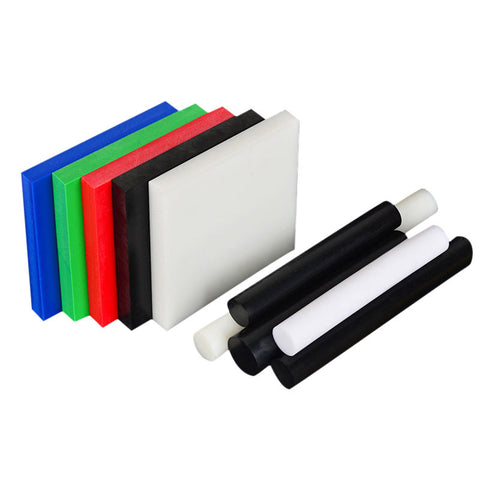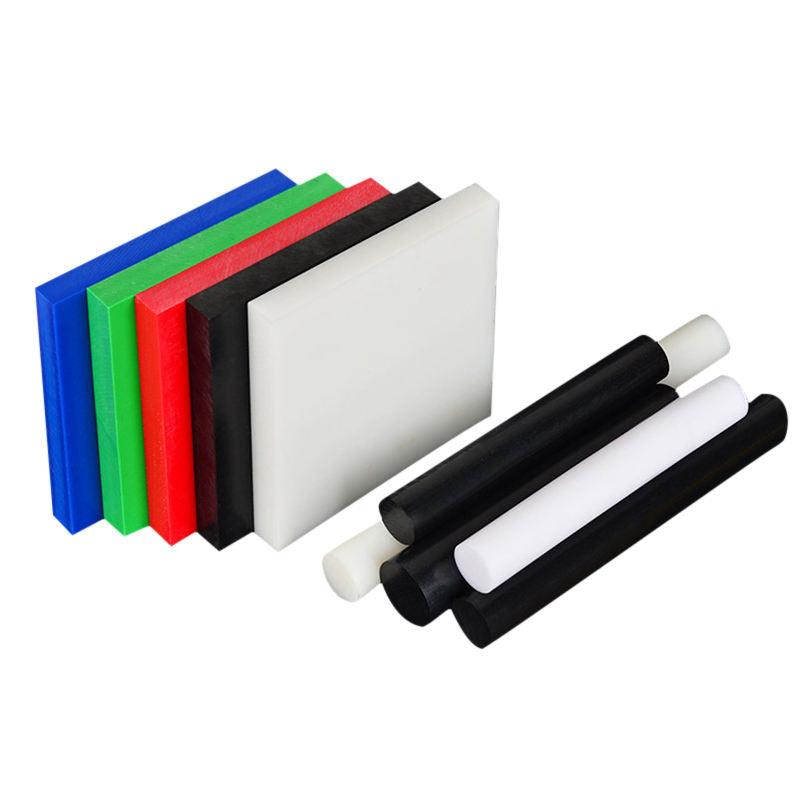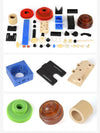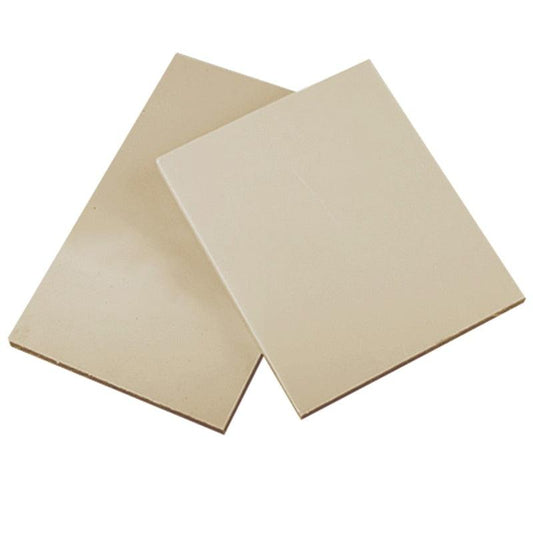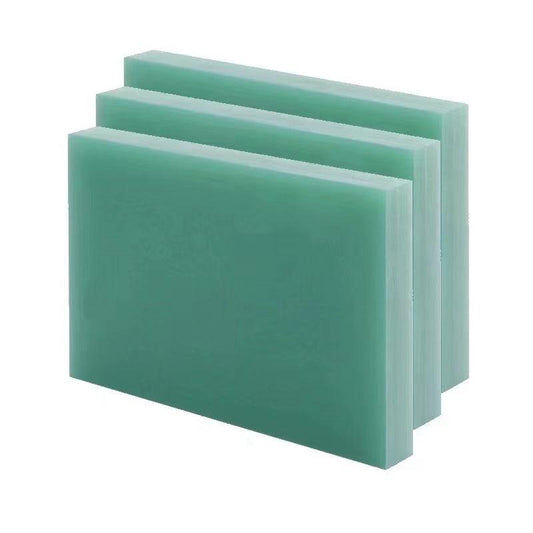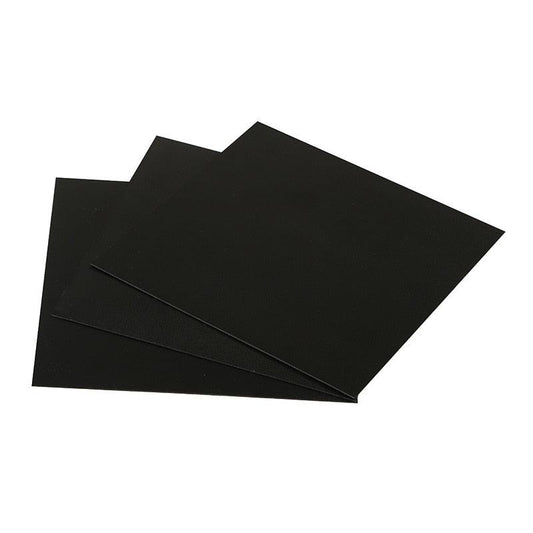Selecting the right material for your project can make all the difference between success and failure. Using a material not suited for the intended application can lead to product failure, high replacement costs, and disappointed customers. Of all the plastic materials available, high-density polyethylene (HDPE) sheets offer an optimal balance of properties and affordability for a wide range of applications. But how exactly does HDPE compare to other popular plastics like acrylic, PVC, polycarbonate, and ABS? This article provides an in-depth comparison of HDPE sheets and other plastics to help you make an informed decision when choosing materials.
Understanding HDPE Sheets
HDPE sheets are a versatile, durable, and cost-effective plastic material made from thermoplastic polyethylene. The high-density designation indicates its higher strength relative to lower density polyethylene. HDPE sheets have a smooth surface and a resistance to moisture, chemicals, and impact. Their well-balanced physical and mechanical properties make HDPE sheets suitable for a diverse range of applications across many industries.
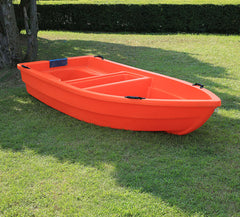
Common uses of HDPE sheets include signage, display cases, construction materials, chemical tanks, playground equipment, marine parts, and more. HDPE’s high strength-to-density ratio, weather and chemical resistance, easy machinability, and affordability make it an ideal choice for both indoor and outdoor applications. HDPE sheets up to several inches thick are extruded and thermoformed into a variety of shapes for end-use products.
The Plastic Comparison Breakdown
How does HDPE compare against other common plastics? Here is an overview:
| Material | Strength | Impact Resistance | Weatherability | Chemical Resistance | Price |
|---|---|---|---|---|---|
| HDPE | Good | Fair | Excellent | Good | Low |
| Acrylic | Medium | Poor | Good | Poor | Medium |
| PVC | Good | Good | Fair | Good | Low |
| Polycarbonate | Excellent | Excellent | Good | Good | High |
| ABS | Good | Good | Poor | Medium | Medium |
As we can see, HDPE offers a unique balance of properties compared to other plastics:
- HDPE vs. Acrylic - HDPE is far more durable and weather-resistant than acrylic. Acrylic has clarity benefits but lacks strength.
- Benefits of HDPE sheets over PVC - HDPE matches PVC's strength but has superior weather resistance. It is also safer and more environmentally friendly.
Let's take a more in-depth look at how the properties of HDPE and other plastics affect material selection.
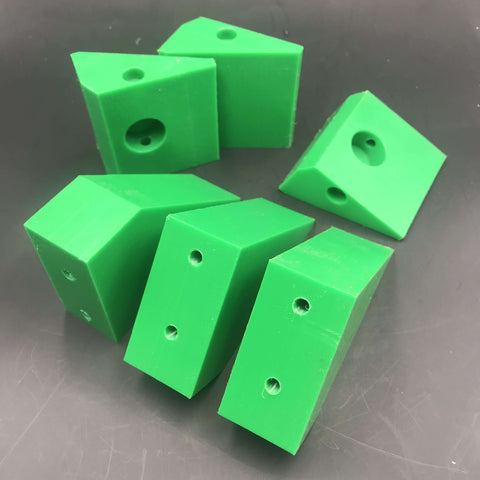
Analyzing Plastic Properties
A key property to consider when choosing a plastic is its durability. HDPE has excellent impact strength and tensile strength properties which allow it to withstand various long-term loads and impacts without cracking or deforming. HDPE maintains its mechanical strength and chemical resistance in both indoor and outdoor environments. Its high durability makes it suitable for load-bearing structures, playgrounds, marine applications, and more.
Acrylic and polycarbonate have clarity and optical benefits over HDPE but lack its sheer strength. Items like acrylic displays will show wear and scratches over time. PVC can become brittle in outdoor settings. HDPE’s durability outperforms these alternatives. For high-impact applications demanding resilience, plastic materials like HDPE and ABS have sufficient toughness. Polycarbonate also has extremely high impact strength but at a higher cost.
Environmental Considerations in Material Selection
HDPE is one of the most recycled plastics today, with recycling rates continuing to increase. It is accepted by most curbside recycling programs. Recycled HDPE pellets and resin are remanufactured into many new plastic products. This gives HDPE environmental benefits over other plastics.
PVC contains hazardous additives and limited recycling options, while polycarbonate does not readily biodegrade. Acrylic’s lack of strength means products require frequent replacement. The durability and recyclability of HDPE make it a more eco-friendly choice with lower long-term environmental impact. LEED and other green building standards recognize HDPE as a preferred plastic.

HDPE for Outdoor and Construction Use
The weather and UV resistance of HDPE makes it ideal for long-term outdoor usage. HDPE retains its mechanical properties and appearance over years of sun, snow, and temperature extremes. It does not require surface protection or frequent replacement like other plastics. Common applications include:
- HDPE sheets for outdoor signs, marine components, playground structures
- Agricultural storage units, chemical tanks
- Construction wall lining, vapor barriers
- Stadium seating, decking
HDPE is also widely used in industrial fabrication and construction:
- Chemical plant equipment and piping
- Mining equipment, waste management parts
- Spacers, compression frames, and structures
- Road barriers, construction site sheeting
Its machinability, weldability, and corrosion resistance allow HDPE to be easily formed into durable parts able to withstand heavy loads. HDPE is lighter than metals and reduces transportation costs.
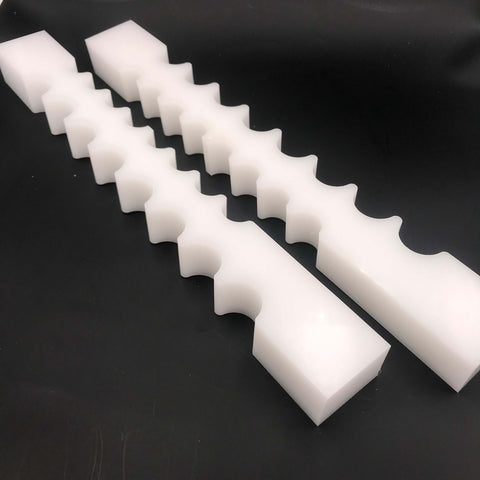
Cost-Effectiveness of HDPE Sheets
HDPE is one of the most affordably priced plastic materials. Dollar for dollar, it offers high durability and performance capabilities comparable to costlier engineering plastics. While acrylic, polycarbonate, and ABS provide certain benefits, their price can be 2-5 times higher than HDPE.
Over the lifetime of a product, HDPE’s lower purchase cost and reduced replacement frequency compared to other plastics make it a cost-effective investment. Its energy efficiency in manufacturing and favorable recycling value also provide long-term savings. HDPE strikes an optimal balance between performance and economics.
With its well-rounded mechanical properties, chemical resistance, durability, and recyclability, HDPE is a versatile and eco-friendly plastic for a wide range of applications. It compares favorably to materials like acrylic, PVC, polycarbonate, and ABS across factors like weatherability, impact resistance, and price. Taking the time to analyze and compare plastic properties ensures you select the ideal material to maximize product performance while minimizing costs and environmental impact. For many applications, HDPE provides an optimal combination of strength, lifespan, and affordability. When searching for your next construction material or component plastic, keep HDPE sheets in mind as a tried-and-true choice.
